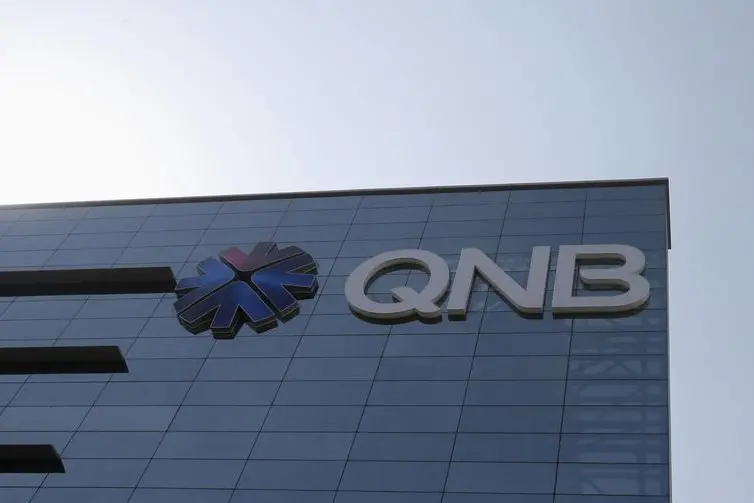PHOTO
The global liquefied natural gas market will remain oversupplied for the next four years, but will be under-supplied beyond 2020 in view of the expected rise in demand, QNB has said in a report.
LNG is playing an increasingly important role in the global energy market. It is cheap - particularly for power generation - abundant and relatively clean environmentally. But, like other commodities, it is subject to cyclical forces.
High oil prices in the past, to which LNG contracts are linked, have encouraged the startup of various projects around the world. Supply from these projects is expected to come into the market over the next few years. As a result, the market is expected to be over-supplied up to 2020.
"Beyond that, the market is likely to be under-supplied as the current low oil price environment makes starting new projects unviable meaning that demand will eventually catch up," QNB said.
The global market for LNG has experienced strong growth. Since 1990, demand for LNG has grown at the rate of 6.2% a year, more than four times as fast as demand for oil. Most LNG is sold under long-term contracts which are linked to oil prices, but it is also increasingly sold on spot markets.
The share of LNG sold on the spot or under short-term contracts (less than four years) rose from 25% in 2012 to 29% in 2014.
Within the LNG market, Qatar is a dominant player. It is the largest exporter of LNG in the world, accounting for 31.4% of total exports in 2015.
The LNG supply capacity is expected to grow strongly by around 8% a year through 2020. The environment of high demand growth and high oil prices prior to 2014 led to a large number of LNG projects being considered globally in a number of countries.
But the sharp reversal in oil prices since mid-2014 led to a re-evaluation of these projects. Only a fraction of the considered projects is now expected to come on stream. In particular, those projects already under construction will probably be completed, QNB said.
But those in the earlier design or engineering stage could very well be scrapped. Still, as a result of the projects already under construction, a large amount of LNG supply is expected to hit the market, especially from Australia, the US and Russia.
While the supply outlook is largely pre-determined by the progress on existing projects and is relatively insensitive to price movements, the picture for demand is less certain.
But even under the bullish scenario of demand growth of 6% a year through 2020, it will still fall short of supply capacity. Such strong demand growth could materialise under two conditions, QNB said.
First, natural gas replacing coal as feedstock for power generation in order to meet global environmental targets. This effect is expected to be particularly visible in China and Europe. Second, higher incomes, particularly in fast-growing emerging markets such as India, leading to increased demand for power and, consequently, for LNG.
Putting together the demand and supply outlooks yields three implications. One, because demand growth is expected to fall short of supply, the LNG market is expected to be over-supplied in the next five years. Two, the over-supplied market is likely to exert downward pressure on spot prices. This could provide incentives for LNG buyers to purchase on the spot market rather than through long-term contracts. This in turn could lead to renegotiations of long-term contracts, which would impact suppliers, especially the new comers.
Three, the drying up of the project pipeline (no new plants approved so far in 2016), the long lead time of LNG projects (five years or more) and the strong expected growth in demand as more environmental-friendly measures are implemented should lead to supply shortages beyond 2020.
In other words, QNB said the strong cyclicality in the LNG market should continue over the next decade.
© Gulf Times 2016












